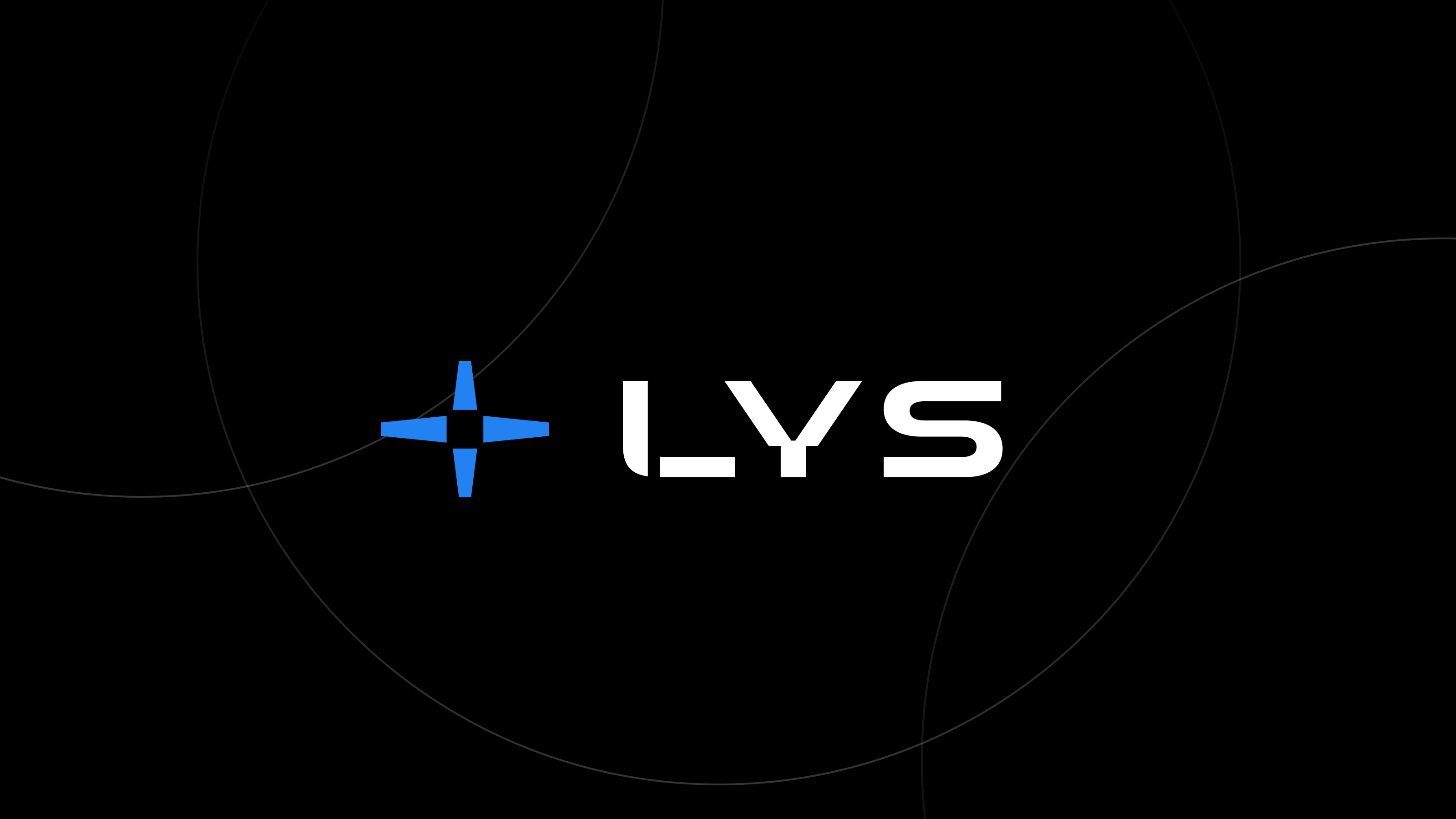What Are Gas Fees and Why They Matter

If you have heard of crypto, then you have probably heard of Ethereum. If you have used it, you’ve likely encountered gas fees, those pesky costs that come with every transaction. While gas fees are fundamental to the network’s operation, they can be confusing.
Let’s take a closer look at what gas fees are, how they work, and how Ethereum is changing (for the better) to make them more manageable.
First, What Are Gas Fees?
Gas fees are the costs users pay to perform any action on Ethereum, from sending ETH to interacting with complex smart contracts. Think of them as the fuel that powers the network. These fees incentivize validators, who process and secure transactions, to prioritize and complete your request.
The calculation for gas fees may seem complex at first glance:
Gas Fee = Gas Used × (Base Fee + Priority Fee)
- Gas Used = The computational resources your transaction requires.
- Base Fee = The minimum cost per unit of gas, dynamically set by the network based on congestion.
- Priority Fee = An optional tip users can add to speed up their transactions.
Gas fees are priced in what's known as “gwei”, a small fraction of ETH (1 gwei = 0.000000001 ETH). This pricing ensures flexibility, enabling users to adjust how much they’re willing to pay based on urgency and network conditions.
How Ethereum Gas Fees Work
Ethereum’s fee mechanism underwent a major upgrade with EIP-1559 in 2021. Before this update, users often engaged in bidding wars, leading to unpredictable costs. EIP-1559 introduced the concept of the base fee, which is automatically adjusted depending on network congestion.
The key update was the burning of the base fee (removing it from circulation) which adds a deflationary element to Ethereum’s supply. The priority fee remains as a way to incentivize validators for faster processing. Together, these changes made fees more predictable while aligning the interests of users and validators.
For example, during peak congestion, the base fee increases to moderate demand, while quieter periods enable the base fee to decrease. This mechanism ensures a smoother experience for all users without the chaos of bidding wars.
How Ethereum Compares to Other Chains
Ethereum’s gas fees are often criticized for being higher than those of its competitors. However, these costs reflect the network’s popularity and computational complexity.
Ethereum’s fees stand out for being higher, but this is tied to its status as the go-to network for DeFi and NFTs. While alternatives like Solana and BSC offer cheaper transactions, they don’t match Ethereum’s decentralization or maturity.
Recent Trends in Ethereum Gas Fees
Gas fees on Ethereum are notorious for their volatility, but recent data suggests a positive shift. In mid 2024, transferring ETH cost as little as 2.6 gwei, and the average transaction fee dropped to $1.686 this month (Nov 2024), marking an 8.42% decrease from the previous year.
This decline is the result of several factors:
- L2 adoption
Solutions like Arbitrum and Optimism reduce the load on Ethereum’s main chain, leading to lower fees.
- Transition to Proof of Stake
Ethereum’s shift in 2023 significantly improved efficiency and energy consumption.
- Lower transaction volumes on L1
As users migrate to Layer 2 for cheaper fees, congestion on the main chain has eased.
How Gas Fees Impact DeFi and NFTs
High gas fees can be a dealbreaker for many users. For small-value DeFi trades or NFT purchases, the cost of gas can outweigh the value of the transaction itself. During periods of high fees, activity on Ethereum’s network often shifts to cheaper networks like BSC.
For example, Chainalysis reported in 2023 that high gas fees led to a decline in low-value DeFi transactions on Ethereum, while competing chains saw a spike in activity. This behaviour highlights why we continue to need ongoing improvements to Ethereum’s scalability and cost-efficiency.
Strategies to Reduce Gas Costs
For developers and everyday users, there are practical ways to minimize gas fees:
- Adopt L2’s
Networks like Base and Optimism handle transactions off the main chain, reducing costs significantly while maintaining Ethereum’s security.
- Use Gas Trackers
Monitoring tools like GasNow help users time their transactions for periods of low network activity.
- Batch Transactions
Developers can combine multiple actions into a single transaction to save gas.
- Optimize Smart Contracts
Making sure developers optimize their code can reduce the gas consumed by complex operations.
Ethereum’s Scalability Plans
Ethereum is continuously working on ways to address its scalability and fee structure through consistent updates to the main chain:
- Sharding
Expected by 2026, sharding will divide Ethereum into smaller segments, dramatically increasing its capacity and potentially reducing fees.
- EIP-4844 (Proto-Danksharding)
This proposal, implemented in March 2024, introduced blob-carrying transactions, which optimized L2’s and reduced costs for users.
- Easier L2 Integration
Rollups are expected to become even more efficient, making Ethereum even faster and more cost-effective.
Why Gas Fees Are Critical to Ethereum
Gas fees aren’t just a cost, they’re a vital part of Ethereum. They ensure the network’s security by incentivizing validators, regulate demand during congestion, and even contribute to the deflationary pressure on ETH’s supply. While Ethereum’s fees are higher than some alternatives, its ongoing upgrades and the rise of Layer 2s are showing real promise for a more scalable and user-friendly future.
In Summary
Gas fees can feel like a burden, but they’re essential for keeping Ethereum secure and functional. With recent trends showing lower fees and improved predictability, plus ambitious plans like sharding on the horizon, Ethereum is taking major steps to make on-chain transactions more accessible. Whether you’re a crypto enthusiast, an NFT creator, or just someone curious about crypto, understanding gas fees is the first step to making the most of Ethereum.

